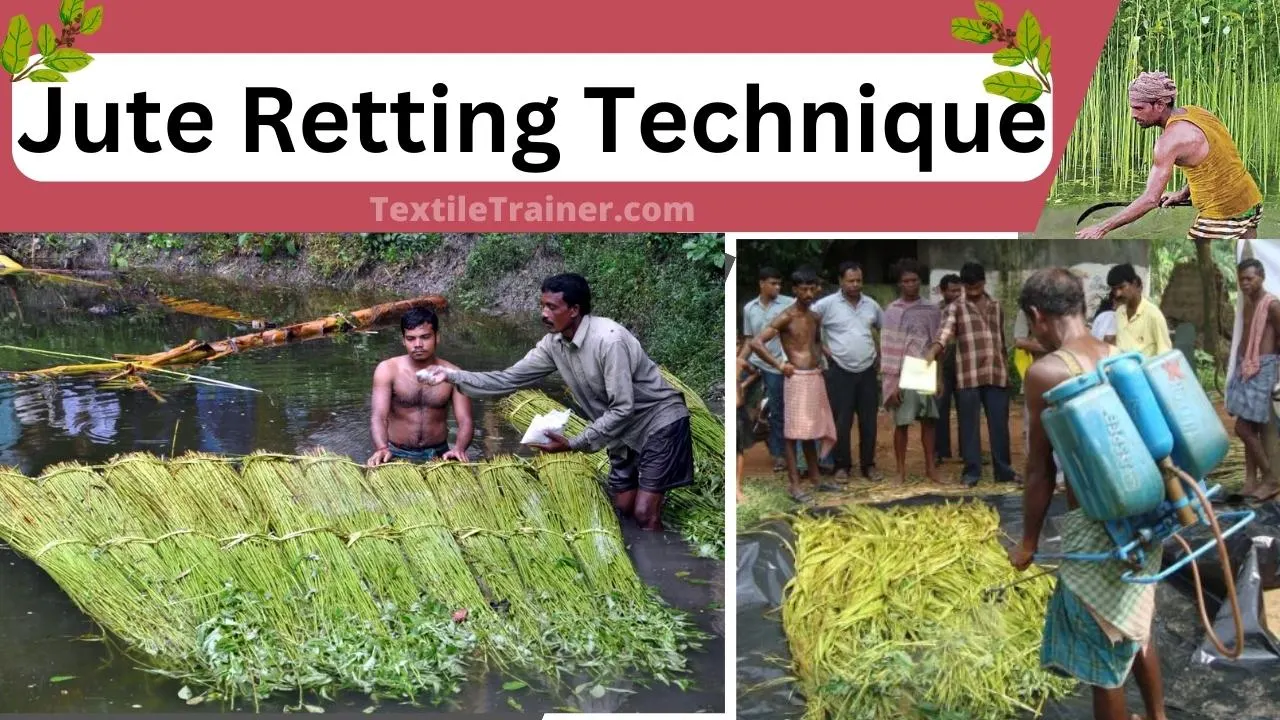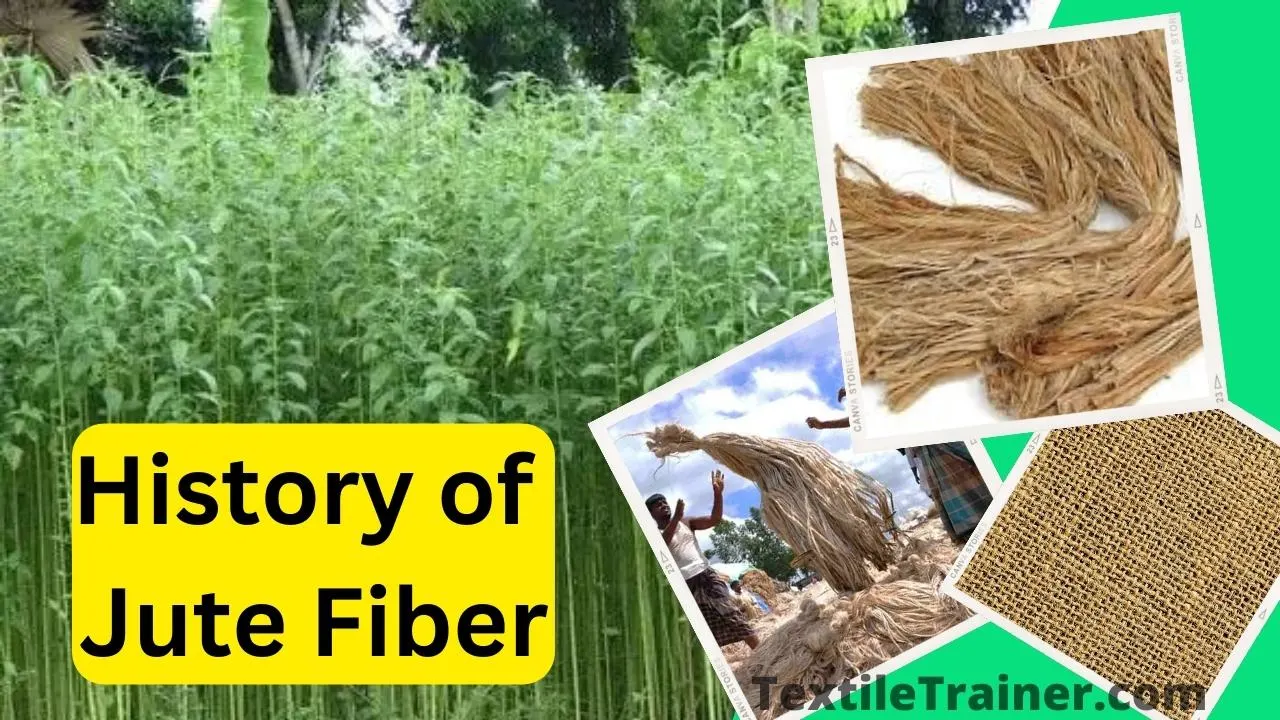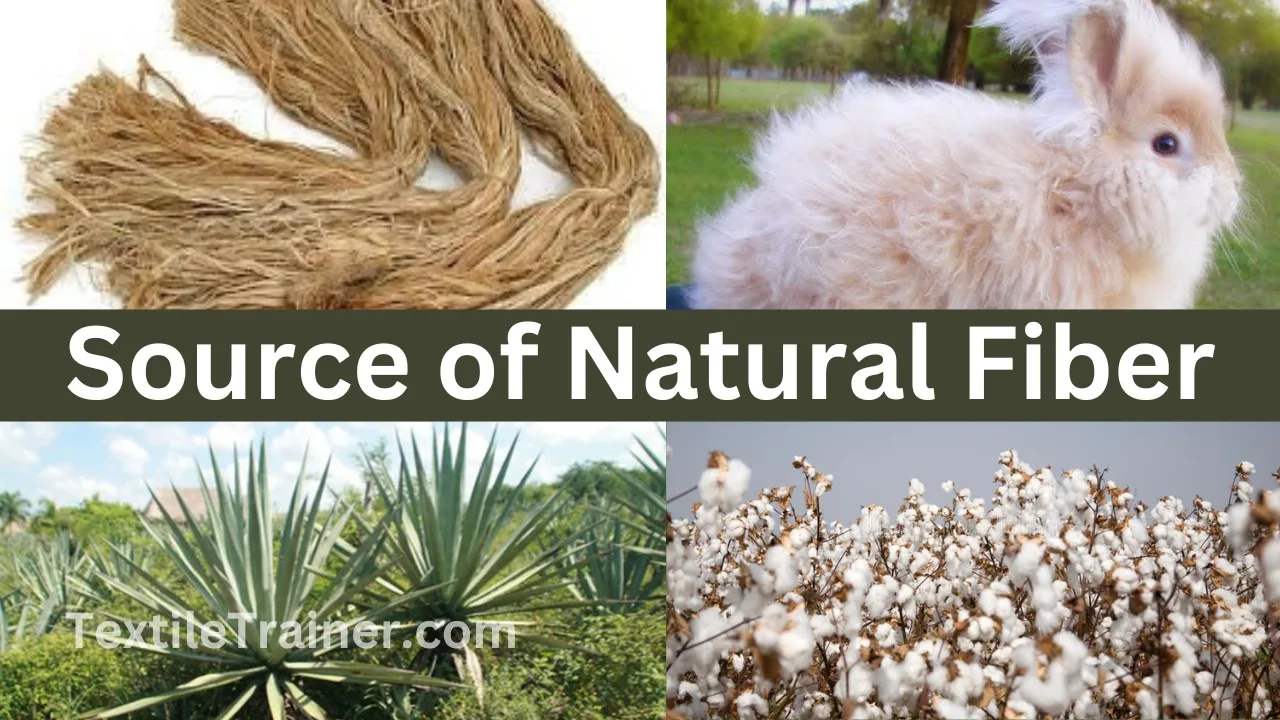Classification of Wool in 4 Easy Categories
Introduction
This article is about classification of Wool fiber. There are various factors that affect the quality of wool fiber, including breeding, climate, food, general care, and health of the sheep. It is made from protein and is naturally grown by certain animals. The cold weather produces a harder and heavier fiber. Excessive moisture removes natural grease. Poor or insufficient food retards growth. It is possible to raise sheep in large quantities in certain countries and produce the most wool. Wool is mainly produced in Australia, the USSR, New Zealand, Argentina, South Africa, Uruguay, and the United States.
Classification of Wool:
There are many categories of wool fiber. The quality of wool fiber is determined by the different body parts of sheep: shoulders, sides, back, thighs, birth, and belly. In general, the shoulders provide the best wool and the belly, tail, and legs provide the poorest wool. however, the classification of wool fiber is given below:
- Classification of Wool by Sheep.
- Merino Wool.
- Class-two Wool.
- Class-three Wool.
- Class-four Wool.
- Classification of Wool by Fleece.
- Lamb’s Wool.
- Hogget Wool.
- Weather Wool.
- Pulled Wool.
- Dead Wool.
- Cotty Wool.
- Tag Lock Wool.
- Classification of Wool According to Fiber Fineness and Breed.
- Classification of Wool According to Fiber Extraction.
- Virgin Wool.
- Skin Wool.
- Fallen Wool.
- Recovered Wool.
Now, I am going to describe all types of wool one by one in a simple and easy way in the following paragraphs.
1.Classification of Wool by Sheep:
The wool classification according to sheep can be found in the details listed below.
Merino wool:
Merino sheep produce the best wool. The variety originated in Spain and was so coveted for its outstanding quality that exporting Merino sheep from Spain was a capital offense during the Middle Ages. Although the staple is relatively short, ranging from 1 to 5 inches (25 to 125 mm), the fiber is strong, fine, and elastic and works well.
Among all wool fibers, Merino fiber is the most crimpy and has the highest number of scales, reaching 3000 per inch (118/mm), which contributes to its superior heat retention and spinning properties. There are three types of Merino sheep, the Ohio Merino, the Australian Silesian, and the French Rambouillet. They are all used in the best types of wool clothing. Other varieties of Merino sheep can be found in New Zealand, Australia, South Africa, and Spain.

Class-two Wool:
This class of sheep originated in Wales, Ireland, Scotland and England. They helped make the British Isles famous for their fine wool fabrics. Today, they are bred across the globe, but not just in the British Isles. Although it is not quite as good as Merino wool, it is still a high quality wool. The size ranges from 2 to 8 inches (50 to 200 mm) in length, the number of scales per inch is great, and the crimp is good.
With good working properties, these fibers are particularly strong, fine, and elastic. Bamp-ton, Berkshire, Blackface, Cornwall, Devonshire, Dorset, Hampshire, Hereford, Exmoor, Kent, Norfolk, Shropshire, Southdown, Sussex, Oxford, Welsh Mountain, Wiltshire, Westmoreland, Irish, and Ryeland are among the more well-known sheep of this variety.

Class-three Wool:
The class of sheep originated in the United Kingdom. The fibers are about 4 to 18 inches long (100-455 mm), coarser, have fewer scales, and are less crimpy than Merino and class-two wools. As a result, they are smoother, and therefore have more lustre. These wools are less elastic and resistant, however they are still of sufficient quality to be used for clothing. These sheep, such as Leicester, Cotswold, Cheviot, Harris, Lewis, and Shetland, have given their names to wool fabrics.

Class-four wools:
Mongrel sheep, sometimes referred to as half-breeds, are included in this group. There are 1 to 16 inches (25-400 mm) of fibers, each with its own scales and little crimp, thus making the fibers smoother and more lustrous. In spite of its low elasticity and strength, this wool is primarily used for carpets, rugs, and low-quality inexpensive clothing.
2. Classification of Wool by Fleece:
Lamb’s Wool:
When lambs are 6 to 8 months old, the first fleece sheared from them is called lamb’s wool, or first clip. The fibers of this wool are tapered because the ends have never been clipped. They create a softness in fabrics that is characteristic only of lamb’s wool. However, lamb’s wool is not as strong as fully developed wool from the same sheep because of its immaturity.
Hogget wool:
Generally, hogget wool (hogg or teg) comes from sheep that are 12 to 14 months old and haven’t been shorned yet. The fiber is soft, fine, resilient, mature, and has tapered ends. It is a very desirable grade of wool that is primarily used in fabrics for its strength and durability.
Weather wool:
Wool clipped after the first shearing is called weather wool. Weather wool is usually taken from sheep older than 14 months, and these fleeces contain a lot of dirt and soil.
Pulled wool:
When sheep are slaughtered for meat, the wool from their pelt is removed with lime, through sweating, or by a chemical depilatory, depending on the method of slaughter. Pulled wool, as the name implies, has a low quality for two reasons: (1) sheep raised for meat generally produce poor quality wool, and (2) the root of the fibers tends to be damaged by the chemicals used during the pulling process as well as the tension exerted by it during the pulling process.
Dead wool:
The wool fiber known as dead wool is sometimes mistaken for pulled wool. The term is correctly used to describe wool that has been recovered from sheep that have died on the range or that have been accidentally killed. It is low-grade fiber, and is usually used in low-quality cloth.
Cotty wool:
It is called cotty wool when it appears matted or felted together and is hard and brittle due to severe weather conditions or a lack of nutrition.
Tag lock Wool:
It is often used to describe the ragged, torn, or discolored parts of a fleece as tag locks. These are normally sold separately as an inferior grade of wool due to the condition of the fleece.
3. Classification of Wool According to Fiber Fineness and Breed.
Various types of sheep breed and fiber properties are listed below:
| Wool Type | Breed | Origin | Staple | Fineness Dia (µm) | Crimp | Uses |
| Very fine | Merino: Finest breeds | Australia, South Africa, USSR | 62-100 mm | Finest 15-23 | Highly crimped | Comfort wear and baby wear |
| Fine | Rambouillet southdown sheep, Corriedale | Argentina, Uruguay | 50-100 mm | Fine 18-25 | Normal crimped | Can be used for fleece felts |
| Medium | Crossbred sheep | USA, South Africa, England | 38-50 mm | Medium 27-31 | Medium crimped | Heavier, more robust |
| Long and coarse | Leicester Long wool sheep, Finer Fleece | USA, Canada UK | 80-150 mm | Medium coarse 32-55 | Fewer crimps | Good multi purpose fiber |
| Coarse | Lincoln, Rommey Karakul | Argentina, Uruguay, UK, New Zealand | Over 150 mm | Coarse, Over 35 | Low crimp, straight | Carpets, traditional |
| Medium | Cheviot very resilient with a helical crimp | 75-125mm | 27-33 | 50-56 | Good for blending |
4. Classification of Wool According to Fiber Extraction.
- Virgin wool: Virgin wool comes from living, healthy sheep or lambs. Lamb’s wool is obtained by shearing a lamb when it is 7 to 9 months old. This wool is quite soft compared to mature sheep’s wool.
- Skin wool: Skin wool is the wool that is removed from the skin of a sheep after it has been slaughtered.
- Fallen wool: There is a term known as fallen wool that describes the wool taken from sheep that have died naturally or that have been killed. This wool quality is inferior grade and is used in clothing with a low quality.
- Recovered wool: It is wool that has been mechanically recovered by teasing from waste products and second-hand clothing. This wool is usually damaged and of low quality.
You May Read:
Reference:
- Cook, J. G. (2005). Handbook of Textile Fibers. Delhi: WoodHead Publishing Limited.
- Corbman, B. P. (1987). Textile Fiber to Fabric. Singapore: McGraw Hill Book Co.
- Dr. Hosne Ara Begum, P. D. (n.d.). Natural fibers. Dhaka: Hafiz book center.
- Kaplan, N. (2006). Textile Fibres. New Delhi: Abhishek Publications.



